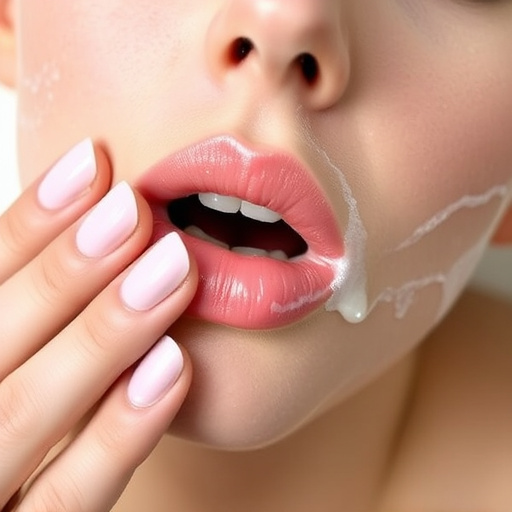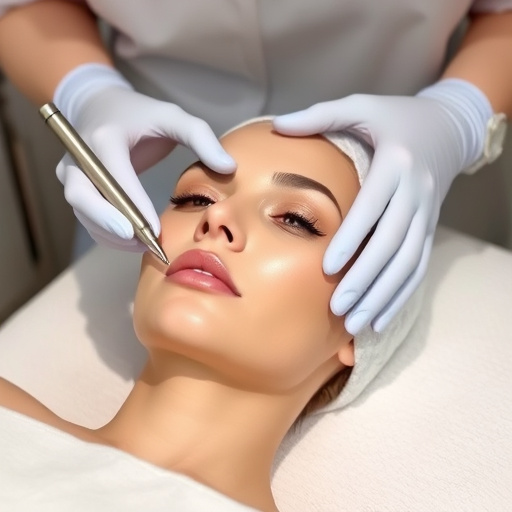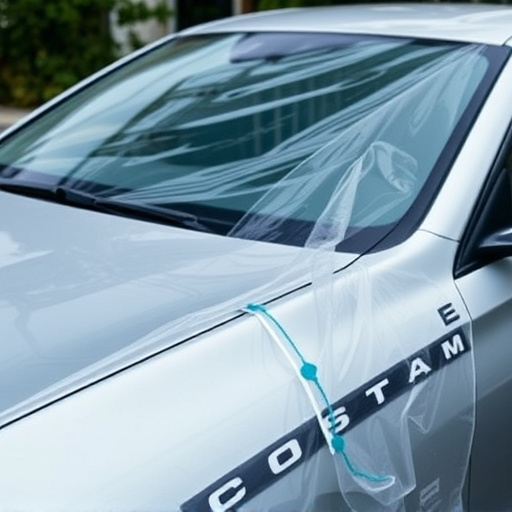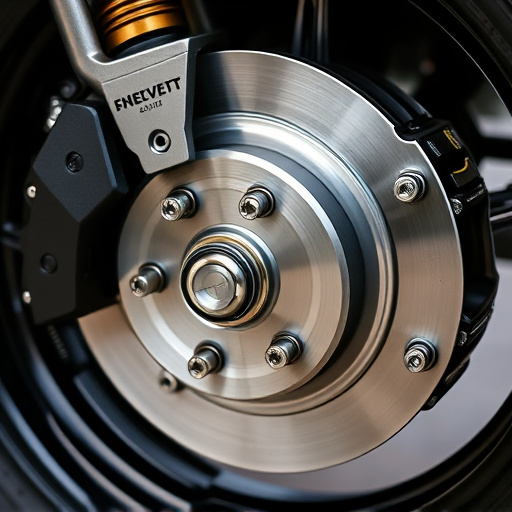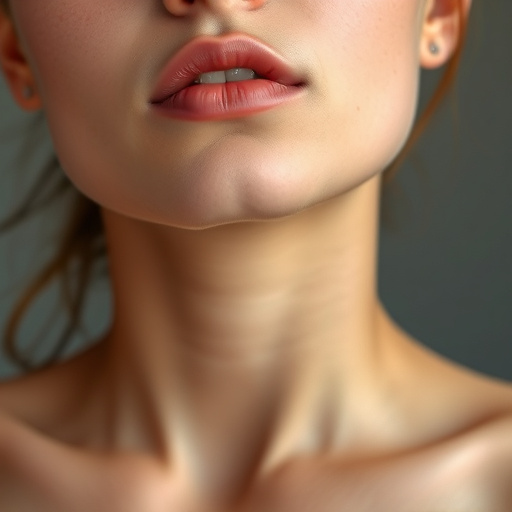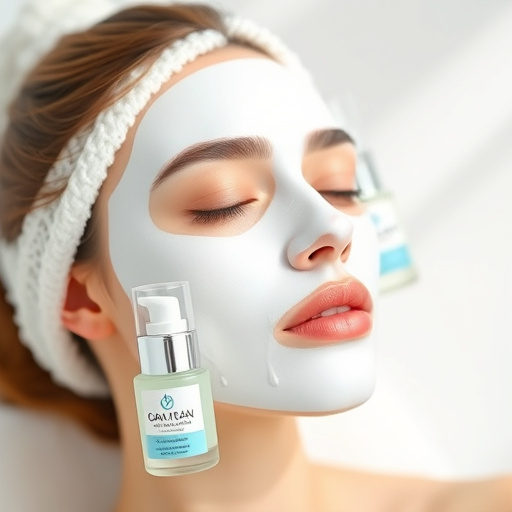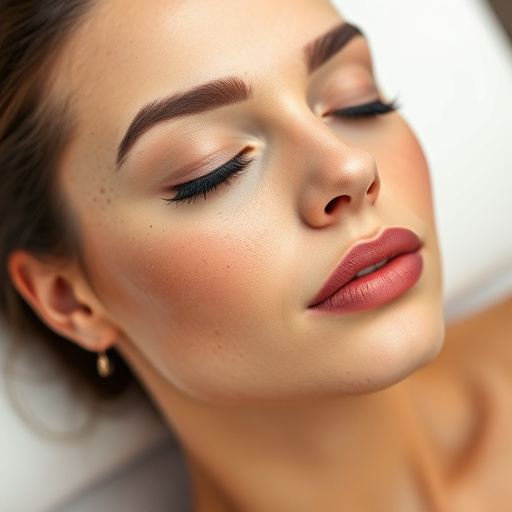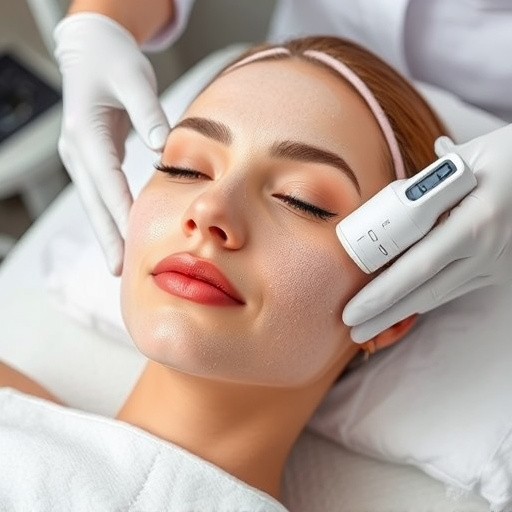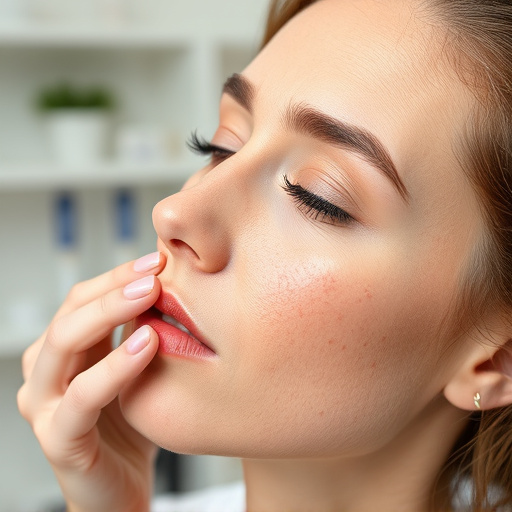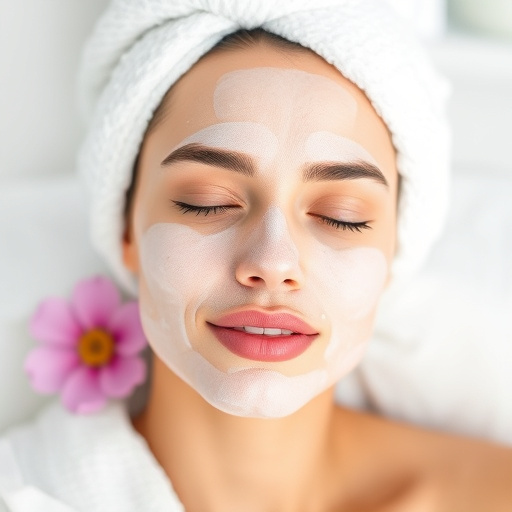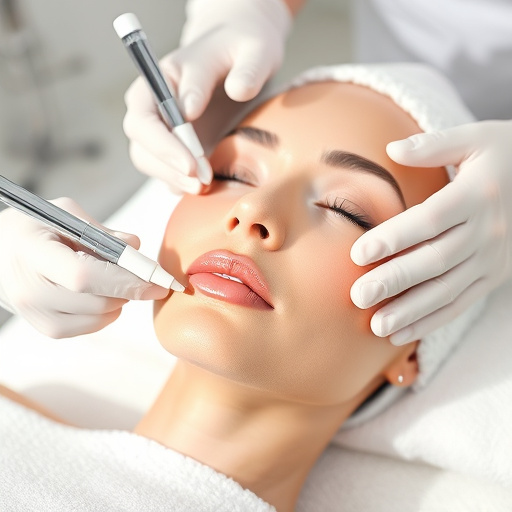Razor bumps caused by irritated hair follicles can be effectively treated with glycolic acid, an alpha hydroxy acid (AHA) that exfoliates skin, promotes cell turnover, tightens skin, and reduces inflammation. While powerful and versatile, glycolic acid should be used with caution due to potential side effects like irritation, redness, and dryness, especially on sensitive or compromised skin. Professional guidance is essential for safe and effective razor bump treatment while preserving the skin's natural barrier.
Razor bumps, those pesky red inflammations caused by shaving, can be a common skincare woe. In this article, we explore an effective solution: glycolic acid for razor bump treatment. We’ll delve into the science behind it, understanding how this alpha hydroxy acid (AHA) smooths out skin and reduces inflammation. Additionally, we’ll discuss safety considerations, shedding light on potential side effects to ensure informed decisions about this popular razor bump treatment option.
- Understanding Razor Bumps and Their Causes
- The Role of Glycolic Acid in Treating Razor Bumps
- Safety Considerations and Potential Side Effects
Understanding Razor Bumps and Their Causes
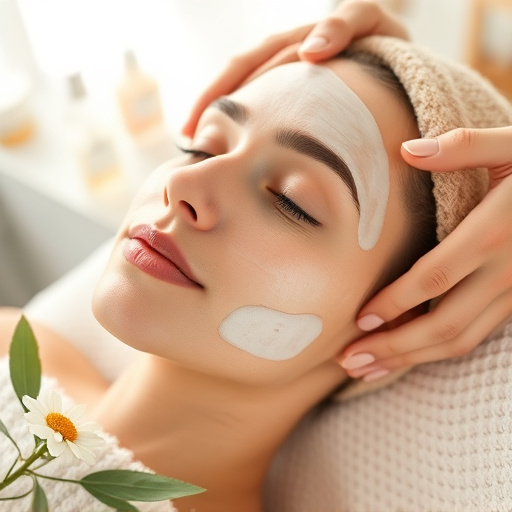
Razor bumps, also known as pseudofolliculitis barbitus, are small, red, raised bumps that can appear on your skin after shaving or other forms of hair removal. They occur when the hair follicle becomes irritated and inflamed, often due to a combination of factors. Shaving too closely, using dull razors, applying pressure while shaving, or even certain types of skincare products can contribute to this condition. Understanding these causes is the first step in determining an effective razor bump treatment.
Non-surgical treatments like glycolic acid have gained popularity for their potential benefits in addressing razor bumps. Glycolic acid, a type of alpha hydroxy acid (AHA), helps exfoliate the skin and promote skin cell turnover. By smoothing out the surface of the skin, it can reduce the appearance of razor bumps and improve overall skin health. Additionally, its ability to enhance skin tightening may offer further relief from this unsightly condition, providing individuals with a more comfortable and smooth skin experience after hair removal.
The Role of Glycolic Acid in Treating Razor Bumps
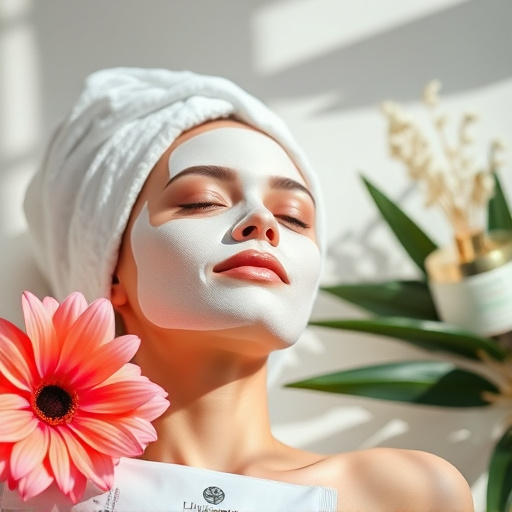
Glycolic acid plays a pivotal role in addressing razor bumps and achieving smoother, healthier skin. As an alpha hydroxy acid (AHA), glycolic acid is known for its ability to exfoliate the skin by breaking down the bonds between dead skin cells. This process helps unclog hair follicles, a common cause of razor bumps, allowing the skin to heal and reducing inflammation. By promoting cell turnover, it also encourages the growth of new, healthy skin cells, further minimizing the appearance of razor bumps.
In addition to its exfoliating properties, glycolic acid is renowned for its potential benefits in skin brightening and hydration. It can help even out skin tone, reduce the depth of fine lines and wrinkles, and provide a glowing, radiant complexion. This makes it an attractive component in personalized skincare routines, especially when combined with other treatments like hydrating facials for a comprehensive approach to razor bump treatment and overall skin care.
Safety Considerations and Potential Side Effects
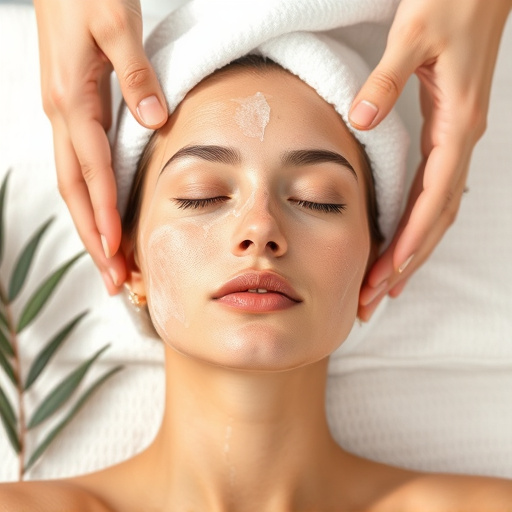
When considering a razor bump treatment with glycolic acid, it’s crucial to be aware of safety considerations and potential side effects. Glycolic acid is a common ingredient in many skincare products due to its exfoliating properties, which can help smooth out skin and reduce razor bumps. However, as with any topical treatment, there are risks involved.
While generally considered safe for most skin types, glycolic acid can cause irritation, redness, and dryness, especially if used improperly or on sensitive skin. In rare cases, it may lead to more severe reactions such as blistering or peeling. Individuals with conditions like rosacea or eczema should exercise caution and consult a dermatologist before trying razor bump treatment options, as these conditions may make them more susceptible to adverse effects. Professional skincare guidance is essential for navigating the best concentration and application method to ensure effective results without compromising skin health. Remember, achieving smooth skin through body contouring or aesthetic treatments should never come at the cost of damaging your skin’s natural barrier.
In conclusion, glycolic acid has shown promise as a safe and effective razor bump treatment. By exfoliating the skin and promoting cell turnover, it helps to reduce inflammation and smoothen out bumpy textures. However, as with any topical treatment, it’s crucial to be mindful of potential side effects like irritation or dryness. Always follow the recommended usage guidelines and consult a dermatologist if concerns arise. For many, glycolic acid could be the key to achieving smoother, bump-free skin, making it a valuable addition to their razor bump treatment regimen.


